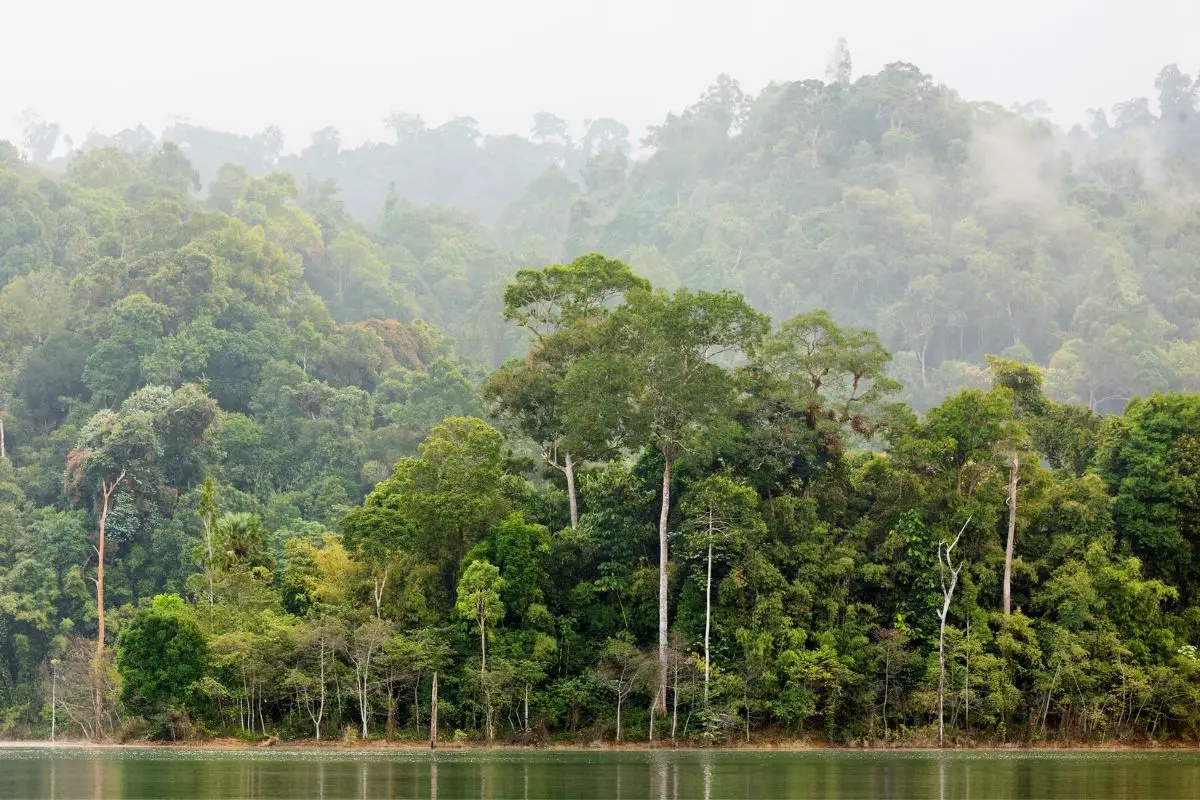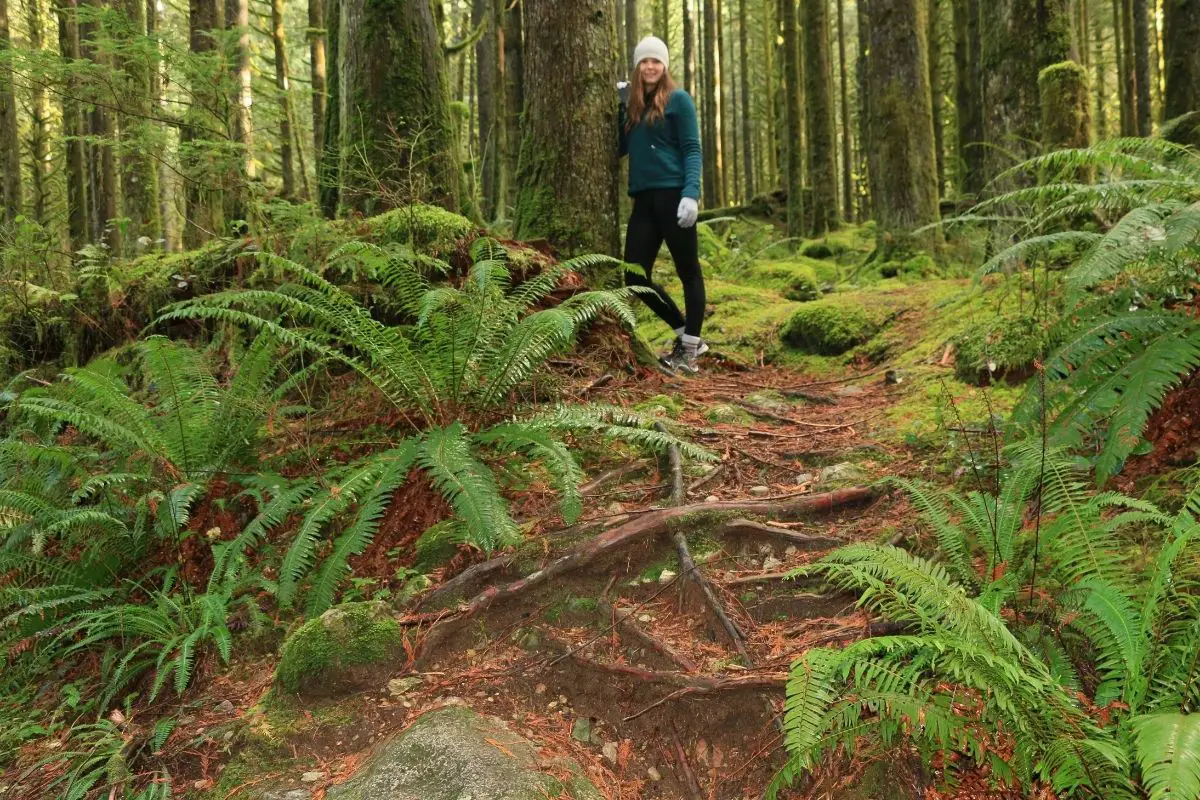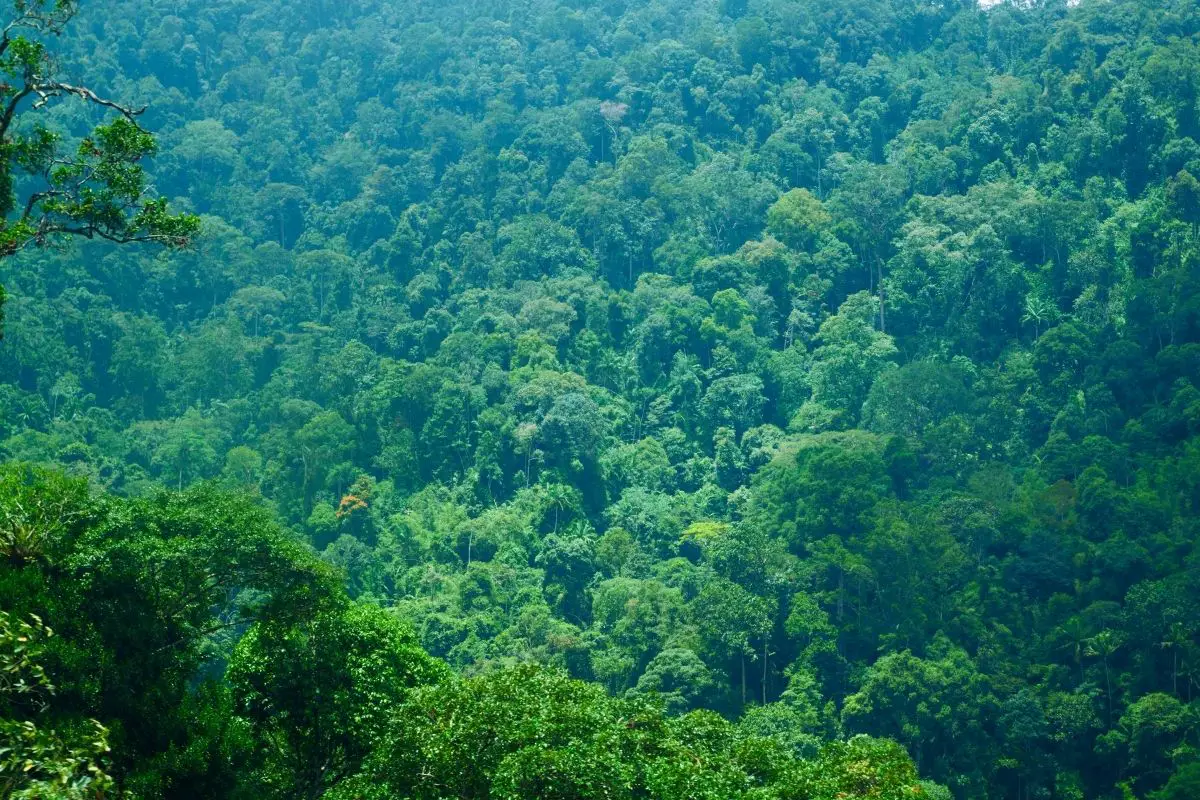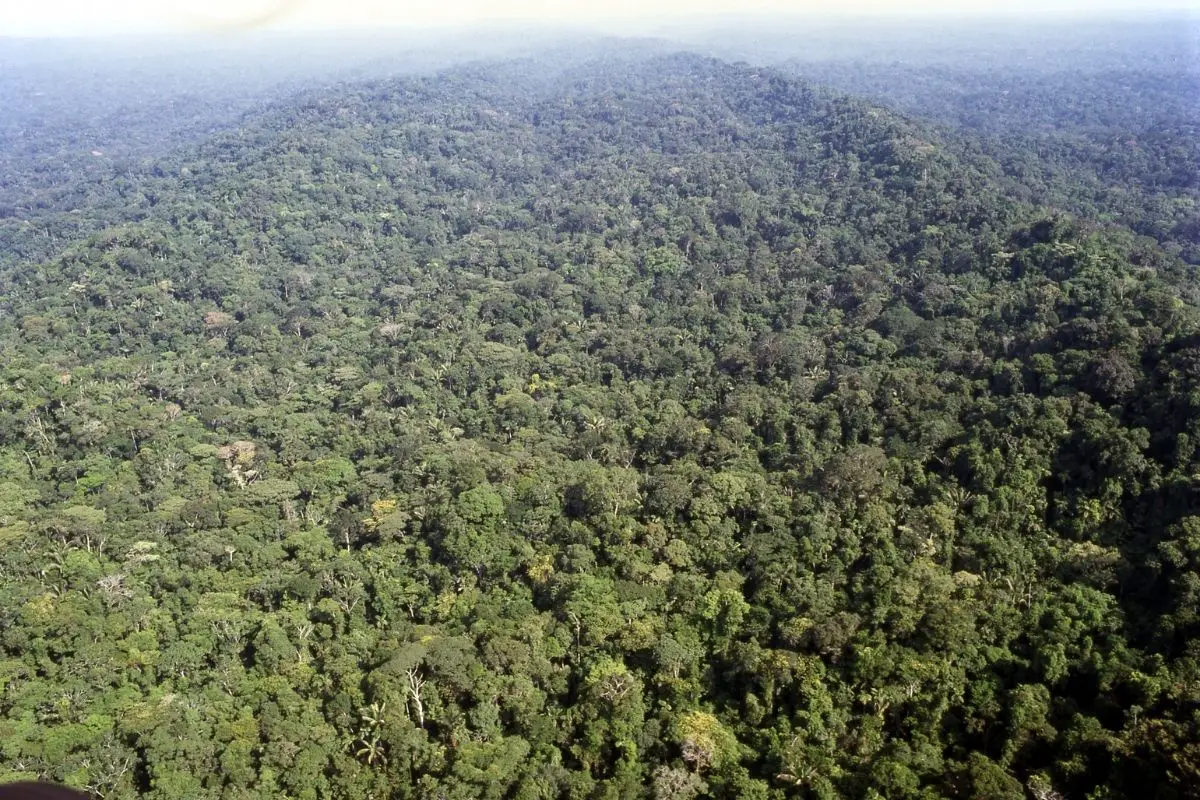
One of my favorite facts about rainforests is that they’re cornucopias of life. According to worldrainforestday.org, rainforests contain about 50% of all terrestrial biodiversity. But, how many rainforests are there to be able to harbor such a considerable amount of ecosystems?
Well, scientists don’t usually refer to the number of rainforests in the world per se. Instead, they talk more about the amount of rainforest coverage in the world.
Tropical Rainforests Vs. Temperate Rainforests
This article talks about how many tropical rainforests there are in the world. However, tropical rainforests are only one type of rainforest. Rainforests are mainly divided into tropical and temperate rainforests.
Both tropical and temperate rainforests are located between the Tropic of Cancer and the Tropic of Capricorn. Rainforests are found on every continent, with the exception of Antarctica.

The main difference between tropical and temperate rainforests is that tropical rainforests are located closer to the equator, where the temperatures are warmer. On the other hand, temperate rainforests are found to the north and the south of the equator, along the cooler coastal regions. In addition, temperate rainforests have less biodiversity and receive fewer inches of rain per year.
For a rainforest to be classified as such, it must receive 60-80 inches of rainfall each year. Generally, a rainforest is defined as a forest that gets a lot of rainfall. In fact, it rains throughout the year in the tropical rainforest, and the environment is always hot and moist.
Another characteristic of rainforests is the four distinct layers.
- Emergent layer. Emergents are the tall, giant trees that grow above the general canopy. Their height ranges from 70 to 100m.
- Canopy layer. The canopy layer is the largest part of the rainforest, and the trees here also grow to be very tall. The canopy layer overlaps so much it creates a roof over the forest that prevents sunlight from reaching the forest floor.
- The understory. The understory is a humid and damp level made up of smaller plants and trees, such as vines and palms. These plants have adapted to environments where there’s little sunlight.
- The forest floor. The forest floor is dark, humid, and nutrient-rich. It contains a lot of leaves, twigs, and decomposing material.
How Much Land do Tropical Rainforests Cover?

It’s pretty difficult to pinpoint the number of tropical rainforests in the world, whereas there are known to be seven temperate rainforest ecosystems in the world. The issue with tropical rainforests is that a single tropical rainforest can spread across different countries with only islands and sometimes deforested areas in-between. In addition, it may be difficult to estimate the number of tropical rainforests as it depends on the scientific definition of “rainforest.”
The best way to determine the number of rainforests in the world is to use coverage. Today, tropical rainforests cover 6% of the Earth’s surface or roughly 5-7 million square miles. However, this number is constantly dwindling.
For instance, in the past, rainforests used to cover up to 14% of the Earth’s surface. Since then, tropical rainforests have become endangered due to threats, such as deforestation. Rainforest trees are being cut down continually to produce timber and clear the land for farming.
Other human activities, such as mining and ranching, have also contributed to the loss of rainforests, which is expected to keep happening as human populations keep increasing. Since tropical rainforest coverage is declining at an alarming rate, it’s challenging to accurately estimate how much land tropical rainforests currently cover.
The Largest Rainforests In the World

As mentioned, tropical rainforests make up roughly 6% of the Earth’s surface. Let’s look at the largest rainforest in the world.
1. The Amazon Rainforest
The Amazon rainforest is by far the largest rainforest in the world (three times larger than the next largest rainforest), with coverage of roughly 2.6 million square miles. Over 60% of the Amazon rainforest is located in Brazil, but the rainforest also spans several countries, including Peru, Venezuela, Columbia, Ecuador, Bolivia, Suriname, and Guyana. The Amazon rainforest is also home to the Amazon river.
The jungles contain a significant amount – roughly one-tenth – of the Earth’s living species, including insects, mammals, birds, and plants. There are also indigenous people living in the Amazon jungle. To get a good idea of the size of the Amazon rainforest, it’s over half the size of the United States.
2. The Congo Basin Rainforest
The Congo Basin is the second-largest rainforest, but it’s still significantly smaller than the Amazon rainforest. It covers about 780,000 square miles though this coverage is rapidly shrinking due to deforestation caused mainly by agricultural activities. As the name suggests, this rainforest is located on the African continent, where it covers a bigger part of the Northern Congo.
In total, the Congo Basin spans nine central African countries, including the Democratic Republic of Congo, Angola, Cameroon, Central African Republic, Burundi, Tanzania, Rwanda, and Zambia. It’s home to the Congo River, hundreds of species of mammals and fish, as well as indigenous people.
3. New Guinea Rainforest
The New Guinea rainforest is found on the island of New Guinea, and it spans Papua New Guinea and Indonesia. The New Guinea rainforest is also part of the Australasian rainforest, which also includes other tropical rainforests located in northeastern Australia. However, the New Guinea rainforest constitutes the greater part of the Australasian rainforest.
As is happening with most rainforests, the size of the New Guinea rainforest is rapidly decreasing due to commercial logging and agriculture. But the area is still home to an estimated 5% of the world’s plant and animal species, such as kangaroos and wallabies.
3. Sundaland Rainforest
The Sundaland rainforest is also one of the largest rainforests in the world. The Sundaland rainforest spans several countries, including Singapore, Indonesia, Thailand, Malaysia, and Brunei. This place is home to many species, including orangutans, elephants, and monkeys.
Primary forest loss has been happening in the Sundaland due to commercial oil and timber plantations.
4. Other Tropical Rainforests of Note
The following tropical rainforests deserve honorable mention.
- Daintree Rainforest. This rainforest is named after Richard Daintree, a famous geologist, and photographer. It’s located in northeastern Australia, on the Queensland coast. This area is also home to the Daintree National Park and the Daintree River. The forest contains many ancient species of plants and many rare plant and animal species.
- The Cardamom Mountains rainforests. This is one of the remaining rainforests in Southeast Asia, and it spans southern Cambodia and Thailand.
- Bosawas Biosphere Reserve. The Bosawas Biosphere Reserve is located in northern Nicaragua.
- Lacandon Jungle. This area of rainforest is located in southeast Mexico in the state of Chiapas, though it also extends to Guatemala. It’s home to Mayan culture and rich wildlife.
- Costa Rican rainforests. These are located in North Central America in Costa Rica. Over half of the country is rainforest, which explains why Costa Rica has rich biodiversity and is a popular tourist destination.
Keep in mind that after ranking the Amazon and the Congo Basin rainforest as the first and second-largest rainforests, respectively, it becomes harder to rank the remaining tropical rainforests. Instead, it’s easier to consider which countries have the largest rainforest coverage. The list includes Brazil, the Democratic Republic of Congo, Indonesia, Peru, and Colombia.
